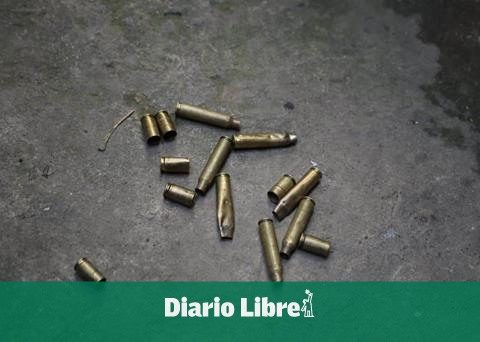Electrified fences in maternity areas and light repellents are some of the strategies that can reduce the conflict between farmers and jaguars. The proposal is part of the actions of Instituto Homem Pantaneiro, which suggests and implements management strategies that reduce the problems caused by predation of cattle by big cats.
“In addition to bringing technology to livestock, we rescued strategies that were historically used by Pantanal people. There are more than 250 years of livestock here in the Pantanal and, at the same time, this production has always coexisted with jaguars”, says veterinarian Diego Viana, coordinator of the Felinos Pantaneiros program, in an interview with Brazil Agency.
Jaguars are classified by the International Union for Conservation of Nature (IUCN) as a “near threatened” species, which does not mean that they are out of danger. According to technicians from the Chico Mendes Institute for Biodiversity Conservation (ICMBio), which classifies jaguars as “vulnerable”, the populations of the species have been severely reduced by the destruction of their natural habitats and by predatory hunting, mainly caused by producers who claim economic damage to animal husbandry.
For Viana, an important element in the generation of conflicts between felines and farmers is currently due to the change in the profile of landowners in the region. “Today, that original Pantanal owner, who has always lived with the jaguar, is increasingly changing to an owner who comes from São Paulo, Minas Gerais or the South”, he explains.
It is for these new producers that Viana introduces traditional practices, such as keeping calves closer to homes, where there is greater human movement. “We cannot allow strategies like hunting, which have always been used, to continue, because there are alternatives. And, first of all, this is a crime”, he concludes.
successful strategies
Diego Viana explains that the light repellent is a small structure, about the size of a CD, made up of LED lamps and a solar panel. These LEDs flash with different colors and different frequencies. The strategy has already been tested in other countries.
“The jaguar sees that as a foreign element in its habitat and tends to avoid it. The light repellent can be associated with electric fences and can be used in emergency actions, as we have already done both in confinement areas and in areas where jaguars were attacking dogs in riverside communities. If you need to do something quick, you can put on the light repellent”, he explains.
According to Viana, the measure must be temporary, or the animal can get used to the light stimulus.
“The intention is to prevent the jaguar or any other predator from entering a restricted area, be it a production area or a riverside dweller’s house. The effect on the fauna is small, but if this tool is left there for a long time, the animal starts to see that it won’t do anything and starts to approach. So the light repellent is a temporary strategy. We tested it for two and a half months in a confinement area where attacks were frequent. There were 17 animals slaughtered two weeks before the installation. After installation, there were two and a half months without jaguar attacks”, he says.
For the coordinator, cultural change is a process that takes time, but ranchers can no longer accept hunting as a strategy when other resources are available. “Associating your product, which in the case of livestock producers is meat, with a crime, which is hunting, you tarnish everyone’s image, even those who don’t hunt,” he says.
“But we have observed a growing number of owners wanting to get involved with these strategies and improve their yield. When you have degraded soil, you have to correct it by balancing it, when the animals are dying from some disease, you have to treat it. The investment to protect the herd in relation to the jaguar is also a farm management strategy and should be seen in that way”, he adds. According to Viana, rural producers from all over the country can join the programregardless of the region they are in.
hunting ban
The hunting of jaguars, as well as other wild animals, is prohibited in Brazil. The only exception is wild boar hunting, which follows specific regulations. The punishment for those who commit this crime is provided for in the Environmental Crimes Law, with detention from six months to one year. However, it is common for the penalty to be converted into a fine.
The National Center for Research and Conservation of Carnivorous Mammals (Cenap), linked to ICMBio, has developed activities for the preservation of jaguars, including with regard to conflicts between predators and rural landowners.
Another set of important strategies for the conservation of the species is the Jaguar National Action Plan (PAN), also within the scope of ICMBio. Among the measures are reproduction in captivity aimed at increasing the population, environmental education programs and the creation of ecological corridors.
The Onças do Iguaçu Project, on the other hand, was able to demonstrably increase the feline population within the area of the Iguaçu National Park, transforming this region of the Atlantic Forest into a refuge for the development of the species.















